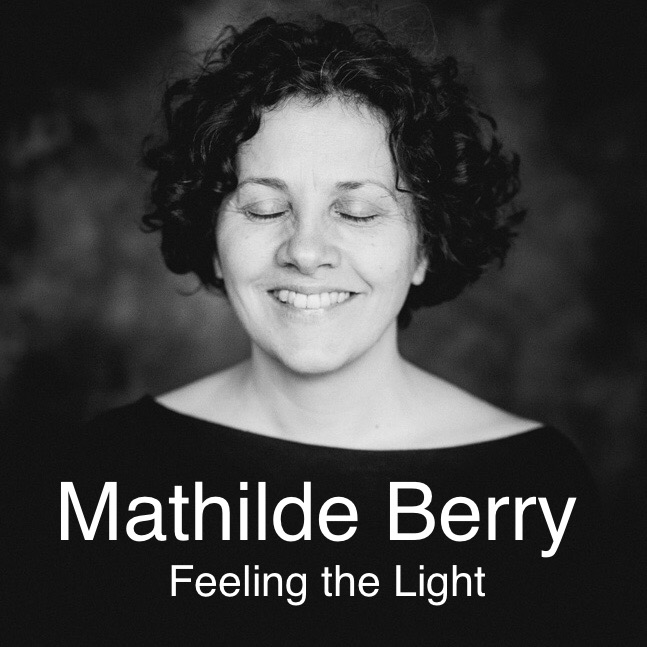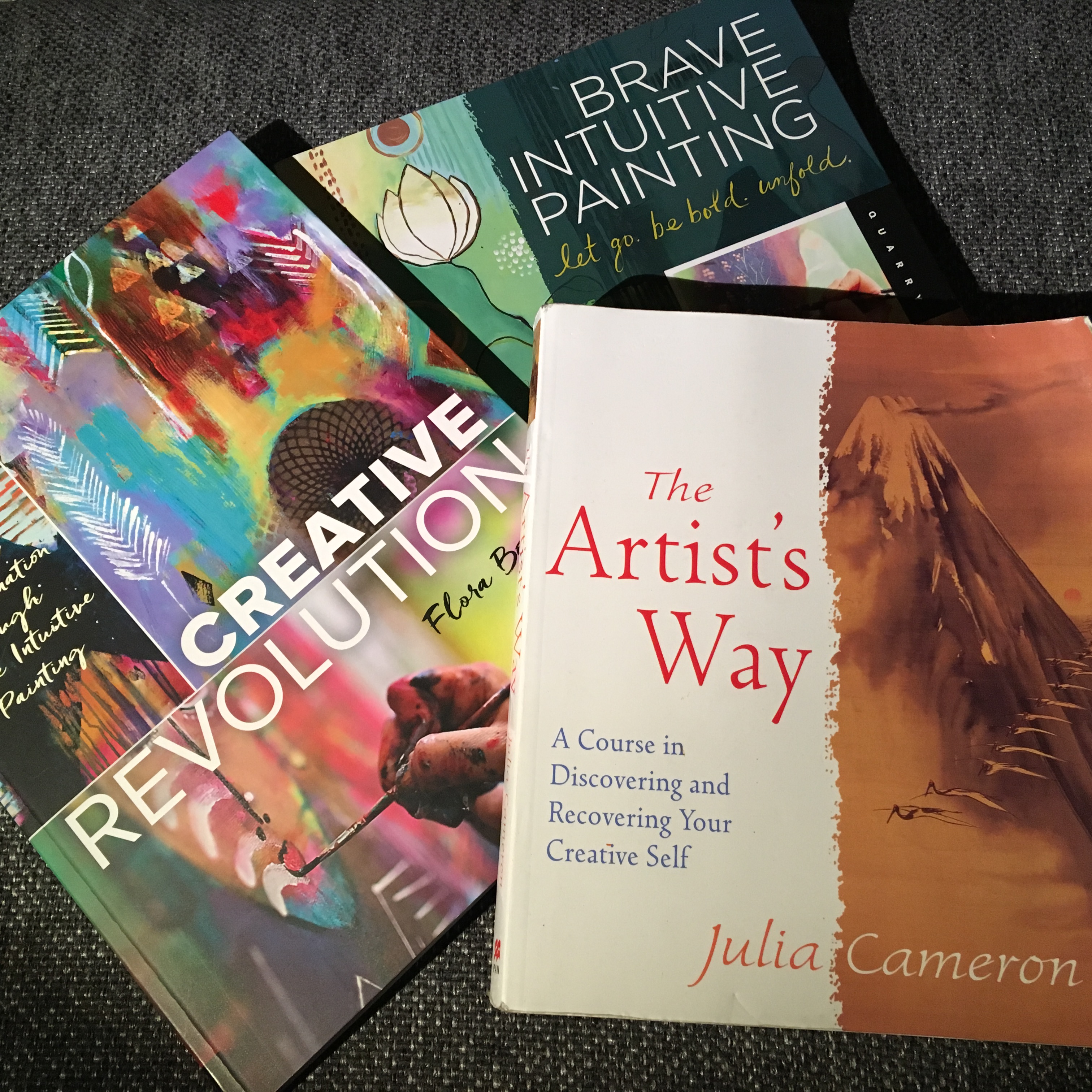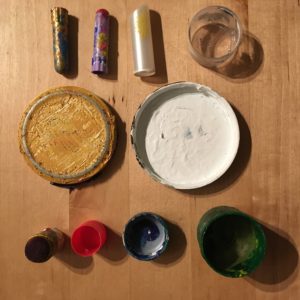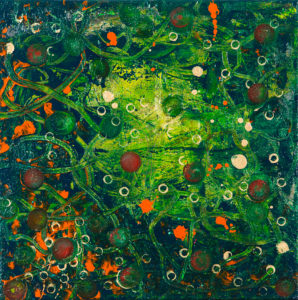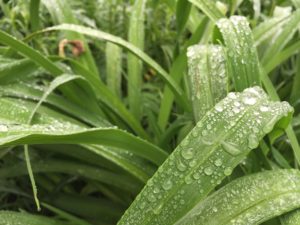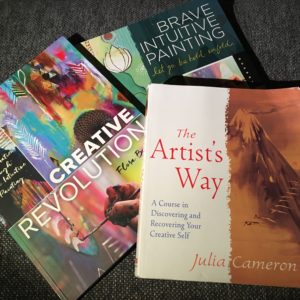This blog post is part of my blog series Behind the Scenes started in February 2018. Find out more on the previous posts and the posts to come here. I’m doing this to inspired budding artists to set up their creative space and to inform art-lovers and collectors who wonder what it takes to create a painting. Some of my personal tips are included below.
Whatever I can put my hands on!
My all-time favorite unusual tools have to be:
– Feathers (the coloured type on display above is from an arts & crafts DIY shop)
– Chopsticks
– Pen caps
– Bottle tops
– Interestingly shaped lids
– Miscellaneous objects
– Old rags
– Old credit cards (yes I know I mentioned that in the first part of this blog post, but it’s such a fun way to use them up!)
… they all end up creating exceedingly interesting and exquisite shapes on the canvas!
Tip number 1: look at what you’re keeping in your kitchen drawer and haven’t used for a while… you may discover some amazing new tools
Tip number 2: how many chopsticks have you recently used when ordering a take-away? Don’t throw them out! Keep them as they make excellent tools to create interesting structures
Here’s an example of a recent painting where I created the structure with take-away bamboo chopsticks, using the square end of the chopstick for the deep lines and pen caps and small lids.
Canvases
Because I have little precious time for my art-making activities and am quite prolific, having painted over 150 paintings in 3 years, I have a crush on prepared canvases, already gessoed and stretched on good wooden frames. I haven’t found any better price-quality return than that of the Gerstaecker Basic canvas series in Germany – and I’m not sponsored by them in any way.
I’m not super careful with the way I handle my work in progress canvases. I move them around a lot while painting, I use different media, acrylic paints, spray water, scrape or scratch the surface, I drum on them with brushes, mount them on walls, stack them against a wall, etc. They have served me so well over the past three years. Each frame feels very stable. The 300gsm cotton is absolutely perfect and stable for my artist quality paints. They come in all sizes and shapes from 10cm x 10cm for miniature paintings all the way to what I need most of the time, namely 100cm x 100cm canvases. So that’s definitely a favourite. I’m also getting to like their non-square 50cm x 70cm format, a size that I used at my live painting performance in March 2018. You can see how they turned out in my Live Painting at the Ball blogpost here.
Tip number 3: you need to feel the surface and structure of a canvas, so go to an art supplies store to feel under your fingers before buying. If you’re not sure, buy a couple of different canvases in a smaller size than you would normally use to experiment how it feels when you apply paint to it, if it is stretched enough to your style of painting, if you like its weight when you carry it.
Tip number 4: Test the weight of the canvas and frame. I prefer lighter frames as I hang my canvases on screws directly mounted on the wall, I turn them around, I put them on the floor, I move them about. What do you prefer? Thicker or thinner frames? Heavier or lighter wood?
A huge, never-ending, totally free resource: Orienting to and observing what surrounds me
In that category, my favourite ones are:
– watching the ever changing colour of the sky, the shape of clouds, the sunlight – even through my window – taking a little moment to look up from my computer – like I did just now, writing these lines.
– looking at everyday things with an artist’s eye: their colours, contrasts, shapes, structures, textures, etc.
– cycling or walking through Hamburg, my adoptive home town in Northern Germany, where I’ve lived for 20 years now – or any place that I visit for that matter! Discovering a place on foot gives me incredible inspiration, just looking around.
– observing nature, watching flowers close-up, trees, the surface of water, the ground under my feet, soaking in everything in my minds eye, taking a mental picture *click*… picking up tiny details such as the shining fur of a cat basking in the sunlight, the beauty of a seashell, a feather, a petal or a pebble. Hashtag: #inspirationeverywhere!!
Tip number 5: walk around the place where you live – even your bedroom – as if you’d never seen it before! Look at it with fresh eyes. Photograph details. Do the same with buildings, the patterns of the pavement, railings, whatever catches your eye! Try finding abstract paintings, lines, contrasts on your plate before (or after) eating what’s in it!
Resources for inspiration
Moving on to more artistic resources, here are a few of my favorite things:
– Museum and gallery visits, of course!
– Art books… perusing pages of magazines or books in the library or in bookstores… which leads me to…
– THE book that found me in a bookstore in London on 14 December 2014… and which I had to buy and own because its title stroke a chord with me straight away: The Artist’s Way by Julia Cameron – a course in discovering and recovering your creative self – doing the exercises suggested in that book, I discovered that I wanted to be a painter. I just finished reading this again last month. I’m still writing my Morning Pages (an exercise in the book: 3 pages a day) practically every day.
– Flora Bowley‘s books Creative Revolution and Brave Intuitive Painting and lovely resources – Flora was my first living artistic inspiration, my mentor, my only *real* art teacher – even if I have only ever met her virtually through the BloomTrue course introducing intuitive painting. Flora has a special place in my heart/art.
– The Abundant Artist (TAA) website and the Association of which I am a member – and the mine of information and resources and recommendations that I found there – a lot for free!
– following in my Instagram feed some beautiful artwork by fellow contemporary artists, not only painters but photographers too!
Tip number 6: for Christmas or your birthday, ask your loved ones to chip in to cover the costs of an annual ticket to your favorite museum or to crowfund your subscription to an art magazine that you truly love.
And what are your own resources when it comes to making art? I’d love to hear about them in your comments.
